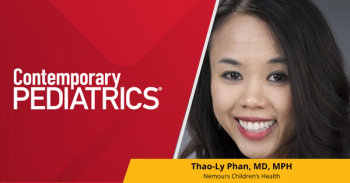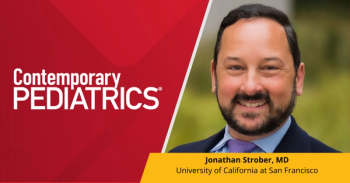
More babies born with drug withdrawal symptoms
From 2009 to 2012, the number of babies born in the United States with neonatal abstinence syndrome-symptoms of opioid withdrawal-almost doubled, pushing associated hospital costs to $1.5 billion, a new study reports.
From 2009 to 2012, the number of babies born in the United States with
To assess recent changes in the incidence and geographic variability of NAS, researchers analyzed diagnostic and demographic data for hospital discharges from the
The highest incidence was 16.2 per 1000 hospital births in the East-South Central geographic census division, encompassing Kentucky, Tennessee, Mississippi, and Alabama-also the area with the highest per-person prescription rate for
Aggregate hospital charges for NAS rose from $732 million in 2009 to $1.5 billion in 2012, when 81% of the charges were for infants enrolled in Medicaid programs.
NEXT: What may be behind this increase?
Neonatal abstinence syndrome, associated with use of both illicit drugs such as heroin and prescription opioids such as hydrocodone during pregnancy, is marked by withdrawal symptoms including diarrhea, fever, vomiting, irritability, and excessive or high-pitched crying. Affected infants are prone to low birth weight, seizures, feeding problems, and respiratory complications.
The rise in NAS has coincided with a marked increase in the prescription of, and complications from, opioid painkillers, especially since 2009, the researchers note. The Centers for Disease Control and Prevention estimate that 259 million opioid prescriptions were written in 2012 alone. A recently published
Neonatal abstinence syndrome was rising sharply even before 2009, the authors of the current study point out. The incidence increased threefold between 2000 and 2009. The researchers advocate a targeted public health approach to reduce the risks to women and children. “States, particularly, in areas of the country most affected by the syndrome must continue to pursue primary prevention strategies to limit the effects of opioid pain reliever misuse,” they write.
Newsletter
Access practical, evidence-based guidance to support better care for our youngest patients. Join our email list for the latest clinical updates.











